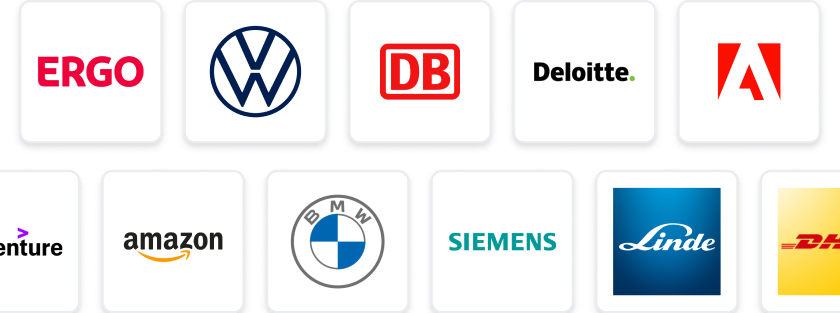At a Glance
- Tasks: As a Stress Engineer, you'll analyse and assess engineering designs for structural integrity.
- Company: Join AMS, a global leader in workforce solutions, partnering with Rolls-Royce.
- Benefits: Enjoy flexible working options and competitive perks tailored for your lifestyle.
- Why this job: Be part of innovative projects that shape the future of engineering and technology.
- Qualifications: A background in engineering or related fields is essential; experience is a plus.
- Other info: This role offers a unique chance to work with a prestigious brand in the industry.
The predicted salary is between 28800 - 42000 £ per year.
We are AMS. We are a global total workforce solutions firm; we enable organisations to thrive in an age of constant change by building, re-shaping, and optimising workforces. Our Contingent Workforce Solution (CWS) is one of our service offerings; we act as an extension of Rolls-Royce's recruitment team and provide professional interim and temporary resources.
Rolls-Royce is a respected engineering company.
Stress Engineer employer: Rolls-Royce CWS
Contact Detail:
Rolls-Royce CWS Recruiting Team
StudySmarter Expert Advice 🤫
We think this is how you could land Stress Engineer
✨Tip Number 1
Familiarise yourself with the specific engineering principles and stress analysis techniques relevant to the aerospace industry. Understanding Rolls-Royce's products and their engineering challenges will give you an edge in discussions during interviews.
✨Tip Number 2
Network with professionals in the aerospace sector, especially those who have experience with Rolls-Royce. Attend industry events or join online forums to connect with current employees; they can provide valuable insights and potentially refer you for the position.
✨Tip Number 3
Stay updated on the latest trends and technologies in stress engineering and the aerospace industry. Being knowledgeable about recent advancements can help you stand out as a candidate who is proactive and passionate about the field.
✨Tip Number 4
Prepare for technical interviews by practising common stress engineering problems and case studies. Demonstrating your problem-solving skills and ability to apply theoretical knowledge to practical scenarios will impress the interviewers.
We think you need these skills to ace Stress Engineer
Some tips for your application 🫡
Understand the Role: Familiarise yourself with the responsibilities and requirements of a Stress Engineer. Look into the specific skills and qualifications that Rolls-Royce values in candidates for this position.
Tailor Your CV: Customise your CV to highlight relevant experience and skills related to stress engineering. Use keywords from the job description to ensure your application stands out.
Craft a Compelling Cover Letter: Write a cover letter that not only introduces yourself but also explains why you are a great fit for the role. Mention your passion for engineering and how your background aligns with the company's goals.
Proofread Your Application: Before submitting, carefully proofread your CV and cover letter for any spelling or grammatical errors. A polished application reflects your attention to detail and professionalism.
How to prepare for a job interview at Rolls-Royce CWS
✨Understand the Role
Make sure you have a solid grasp of what a Stress Engineer does. Familiarise yourself with the key responsibilities and skills required for the role, especially in the context of Rolls-Royce's engineering standards.
✨Research the Company
Dig into AMS and Rolls-Royce. Understand their values, recent projects, and how they approach workforce solutions. This knowledge will help you tailor your answers and show genuine interest during the interview.
✨Prepare for Technical Questions
Expect to face technical questions related to stress analysis and engineering principles. Brush up on relevant software tools and methodologies that are commonly used in the industry to demonstrate your expertise.
✨Showcase Problem-Solving Skills
Be ready to discuss past experiences where you've successfully solved engineering problems. Use the STAR method (Situation, Task, Action, Result) to structure your responses and highlight your analytical thinking.
